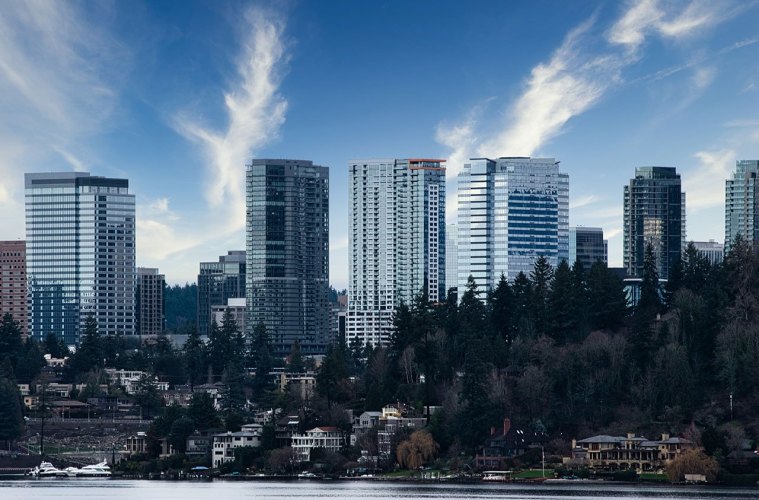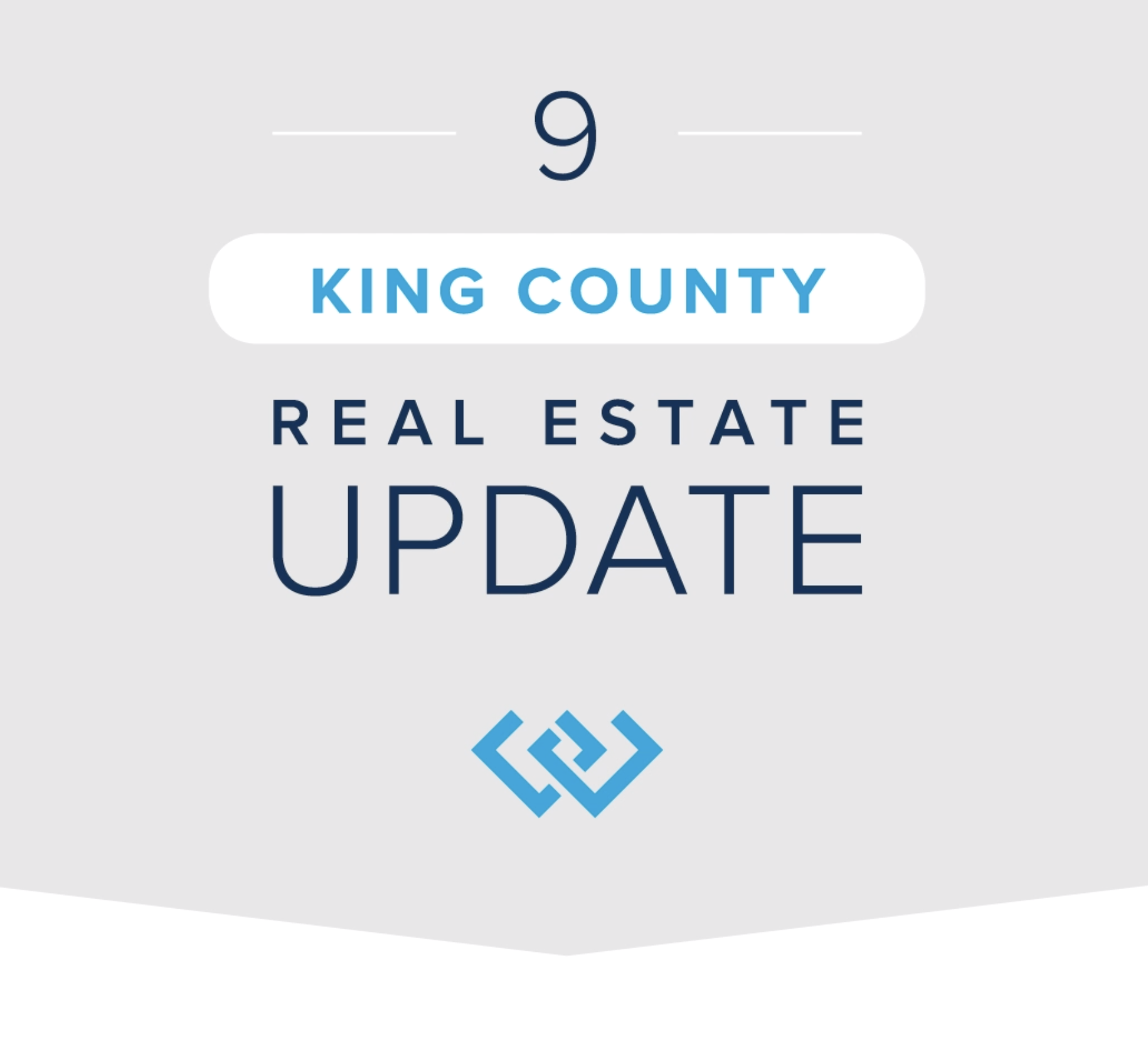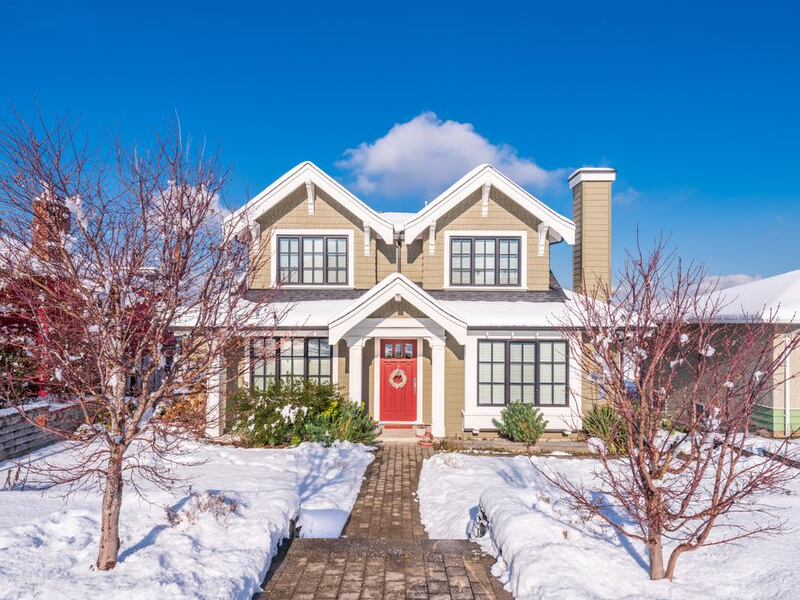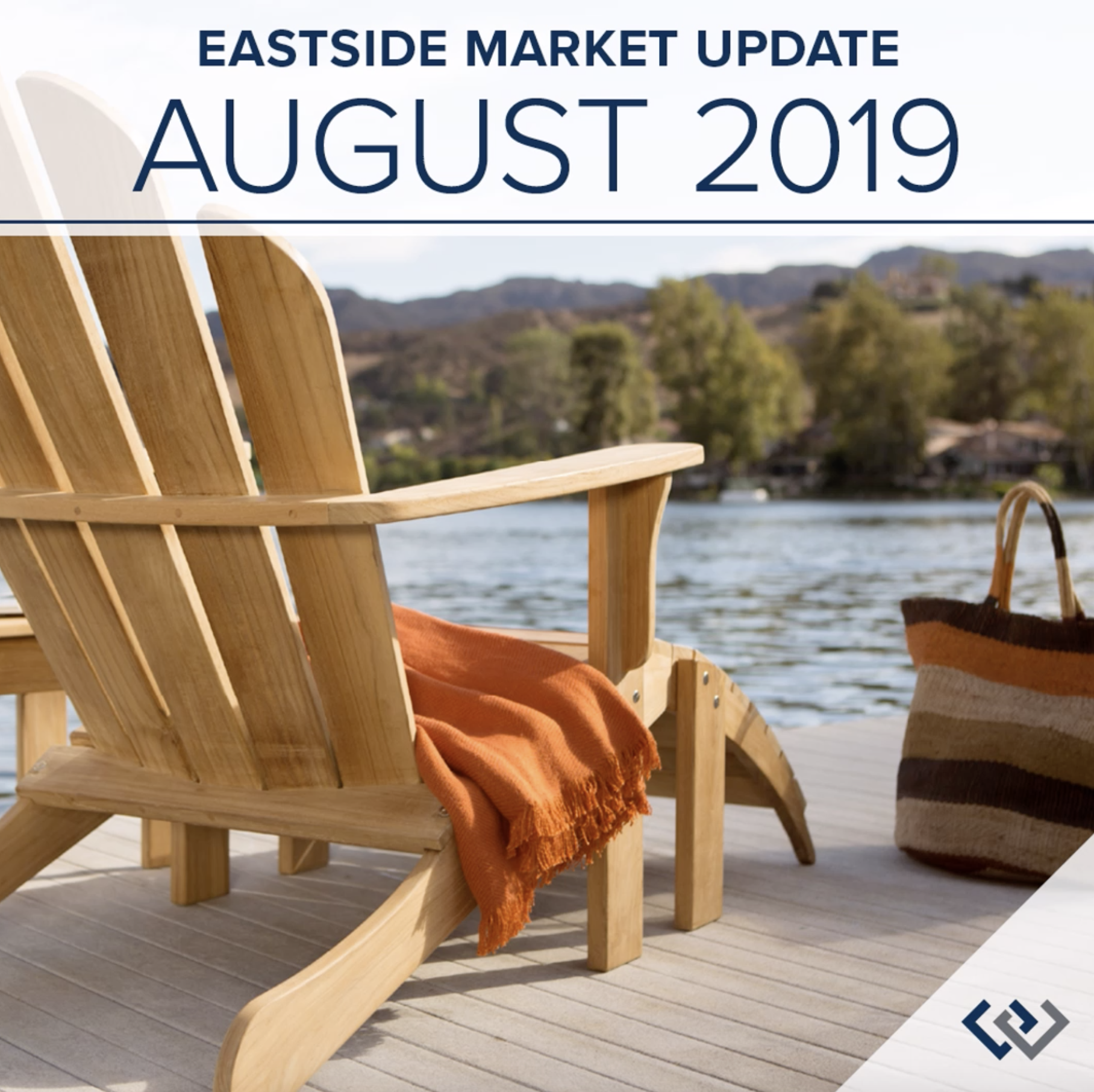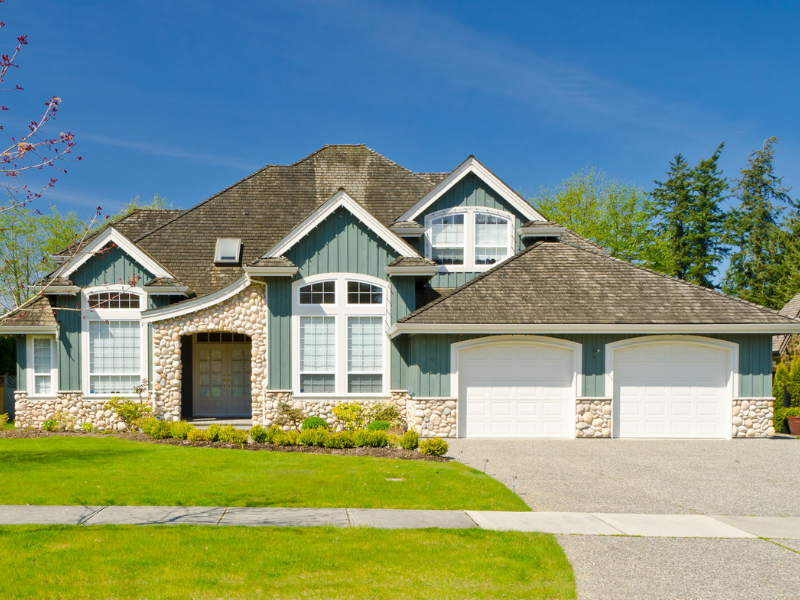Back then, planners designed wide six-lane arterials meant to move vehicles fast. The road grid creates 600-foot-wide superblocks on former farmland.
Now, tremendous growth is straining transportation. Traffic stacks up during afternoon commutes, and Interstate 405 slows to a crawl.
As Amazon, Microsoft, Google, and others grow their Eastside workforces, City staff anticipate a net gain of roughly 18,000 downtown jobs by 2025, joining the more than 52,000 people who currently work in the city core.
Roughly translated, this would boost employment higher than the current numbers in Seattle’s busy South Lake Union.
But local leaders acknowledge remaking a car-dominated landscape doesn’t happen overnight. The City aims to cut the share of downtown commuters who drive alone to work to about one-third by 2035, a reversal of today’s pattern where more than two-thirds drive alone.
To do this, they’re planning for trains, buses, bicycles, walking, vanpools — and maybe even autonomous vehicles — to keep people moving.
In past years, the Bellevue City Council voted to create a safer walking network by converting Sixth Street to a 60-foot-wide, tree-lined walking corridor and shortening a street to complete its circular Downtown Park.
Instead of narrowing six- and seven-lane streets with so-called road diets, Bellevue’s approach to reducing car-pedestrian conflicts relies on skybridges around Bellevue Square, and altering some traffic signals to give walkers a head start at intersections. Smaller streets include walker-activated amber flashers.
Large employers and city officials are also counting on the $3.7 billion Sound Transit East Link light-rail line — projected to serve 50,000 daily passengers when it opens in 2023 — to handle many of the new commutes.
New bike lanes on 108th Avenue Northeast serve a trickle of riders for now. More bike lanes are planned on Main Street. Just east of I-405, the 42 miles of abandoned BNSF railroad tracks are being redeveloped for bicycle riders and pedestrians as Eastrail, spanning from Snohomish to Renton.
Bellevue’s growth spurt won’t necessarily translate into massive public-transit ridership, however, at least in the short term. Private transit is adapting faster.
With aid from a $100 million federal loan, the city has created or widened 11 streets between Wilburton and the Spring District east of I-405 where REI’s headquarters, Facebook and other companies are locating.
That follows citywide spending of $5.5 million to equip 197 intersections with adaptive signals that continually re-time to move clusters of approaching vehicles.
And the permit paperwork for the planned 43-story Amazon tower shows 1,175 underground parking stalls (nearly double the 632 spaces in the current parking garage that this new tower will replace).
On I-405, the Washington State Department of Transportation (WSDOT) will build an express toll lane each direction between Renton and Bellevue, to open in 2024, along with exit-only lanes to clear departing drivers off the mainline.
The existing carpool lanes will be converted to a second toll lane each way. Sound Transit will follow with new bus-rapid transit and park-and-ride lots.
Finally, in perhaps its most lofty vision yet, The Grand Connection is a sprawling pedestrian and cyclist pathway that would stretch between Meydenbauer Bay Park on the west, through Main Street and downtown, and across the freeway to Eastrail. With a bridge or park lid above I-405, just south of the nearly completed Sound Transit rail bridge, design concepts show amphitheater steps, sculptures and a row of ginkgo trees.
Unlike the longer Burke-Gilman Trail in Seattle, the Grand Connection would encourage people to linger at cafes and parks. As a traffic-free shortcut, it would reduce the need to drive and park at downtown spots.
There’s no funding yet. Costs vary based on whether Bellevue builds a full park like Mercer Island has over I-90, or a thin bridge, for around $130 million.
A version of this article was originally posted on U.S. News by Michelle Baruchman
 Facebook
Facebook
 X
X
 Pinterest
Pinterest
 Copy Link
Copy Link
